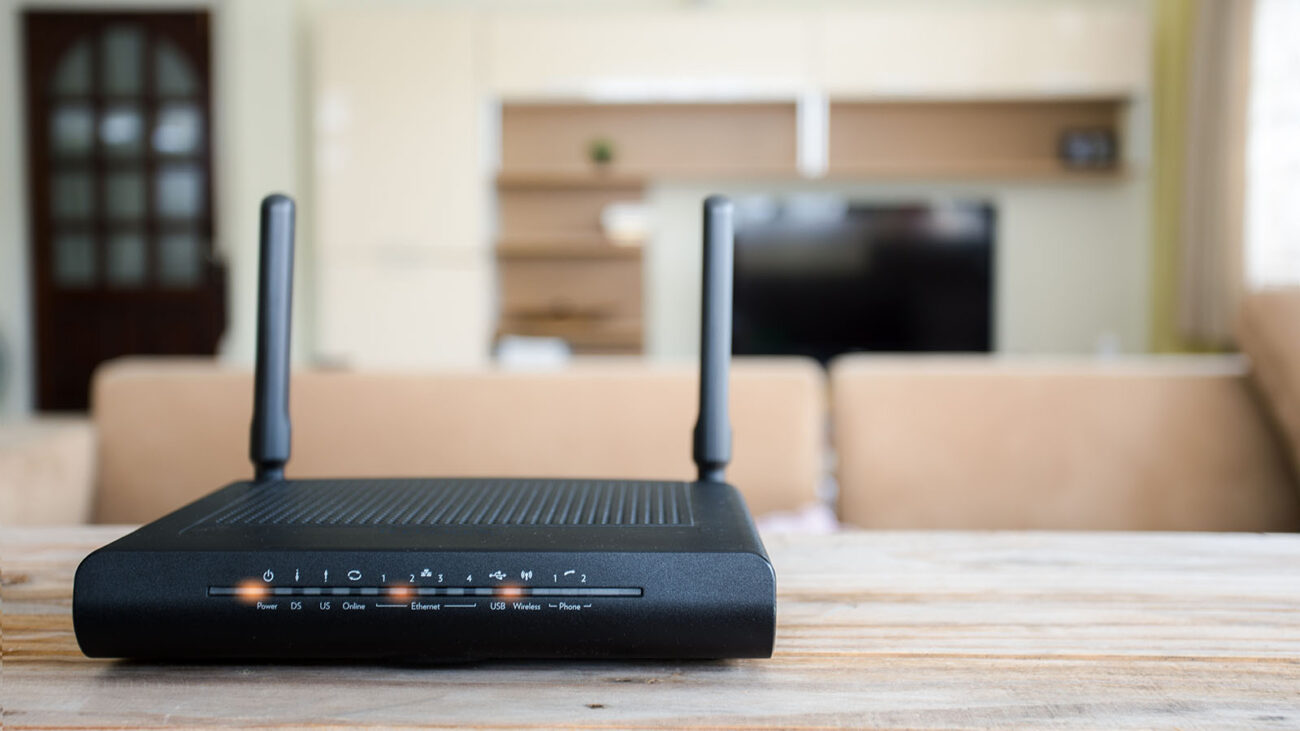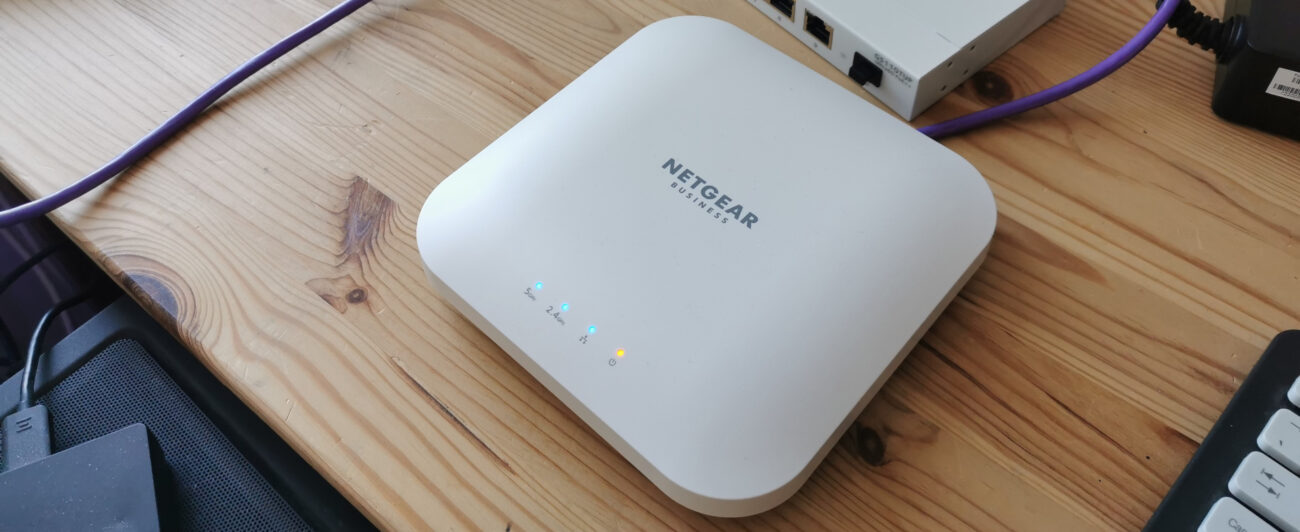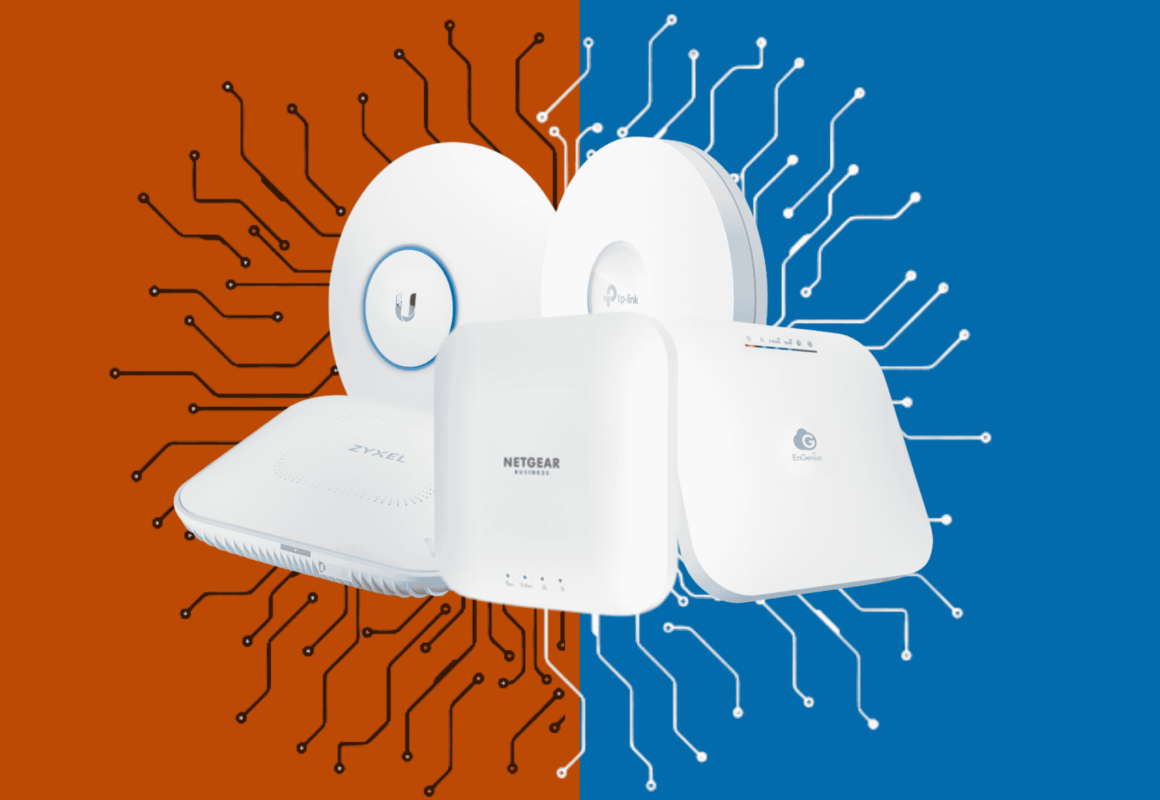Internet via cable or Wi-Fi: which is the best option?
Good connection quality is a basic premise for ISPs who care about the user experience. In this sense, Wireless networks have shown increasingly better performance, with the advantage of having a low cost of implantation. On the other hand, the internet via cable (ethernet) continues to have its place in the market, mainly due to the security and stability provided.
Choosing one technology or another will depend a lot on the customer’s needs and how he usually accesses the internet. Is the objective to browse information sites and social networks? Watch videos on streaming platforms or YouTube? These are some issues that should be analyzed when deciding which model to adopt.
In this article, we will show the main benefits of each type of solution and for which cases they are indicated.
What are the benefits of cable internet?
One of the main differentials of wired networks in relation to wireless connections is security in information traffic. That’s because it requires physical presence for access, unlike Wi-Fi which works through a password.
They are also capable of offering a much cleaner signal, without interference, because they are connected directly to the device and are not influenced by obstacles such as walls, furniture, etc. In addition, they have upload and download speeds that are almost always close to the maximum limits.
Due to their greater stability and lower packet loss, cable networks are recommended for those who need to make large file transfers want to watch videos at very high resolutions, or play online games.
What are the disadvantages of cable internet?
Some disadvantages are the higher installation cost and less flexibility, as the equipment needs to be connected to an access point.
In addition, it is often necessary to make some physical adjustments to the space so that the cable can reach the exact location.
Advantages of Wi-Fi networks
The freedom to access the internet from mobile devices anywhere makes Wi-Fi the ideal alternative for those who need flexibility. With it, it is possible to have broadband on several devices at the same time, being much more practical than cable internet.
As its infrastructure does not require major work for the passage of wires, the cost of implementation also drops significantly compared to the wired network. However, it may not be the best option for those who need to use streaming movie services or download large files.
Although, in theory, its maximum speed is 6.5 Gbps, higher than ethernet (which is between 2.5 Gbps and 6 Gbps), its potential is not fully exploited due to channel saturation, a large number of connections per pattern, and interference.
One possibility, then, is to combine the two types of broadband: wired and wireless internet. In this way, a computer can be plugged into a fixed access and the other devices receive the signal through the wireless connection.
What are the disadvantages of Wi-Fi networks?
Although it offers several advantages, Wi-Fi networks are subject to signal interference, speed, and even security issues.
Factors such as the presence of other electronic devices, walls, and floors can also disrupt connection speed and signal range.
The Wi-Fi connection also suffers losses when transmitting the signal to connected devices, because of the delay that occurs in the conversion of data to radio frequency waves. In this way, the contracted internet speed may not be fully reached.
However, these disadvantages are almost unnoticed in-home use. Only users who use the connection to play games or perform other activities that require performance and a more stable connection notice some instabilities.
Internet via cable or Wi-Fi, which is the best option?
As we have seen, there are advantages and disadvantages to using the internet via cable or Wi-Fi. To identify the best alternative for each case, it is necessary to evaluate the user’s needs, the environment settings, and other factors that can influence signal delivery.
The training of technical professionals is essential to help them identify these points and offer the best option for the customer. In addition, some installation techniques help to provide the best signal delivery to the consumer. Understand better below:
How to make internet connection faster and more stable
Regardless of the type of internet access adopted, there are some ways to improve the connection, making it faster and more stable. Investment in quality equipment is one of the most important points. The Wi-Fi router, for example, is crucial for faster browsing and helps to avoid signal drops.
Check out some characteristics associated with an innovative product:
- The quality connection even with several devices connected simultaneously;
- Two antennas of 5dbi each and with Multiple-Input, Multiple-Output technology;
- Wireless connection speed greater than 300Mbps;
- Customizable firmware (helps to offer personalized service, in addition to reducing the need for technical visits);
- Remote management (improves the service provided to the end customer, reducing service time and travel costs).
Finally, to ensure the quality of the user experience, it is recommended that the ISP measure the QoE (Quality of Experience) . The indicator is very important because it helps to assess user satisfaction with regard to signal level, Wi-Fi speed, and performance of devices connected to the router, among other essential points for a good connection.











